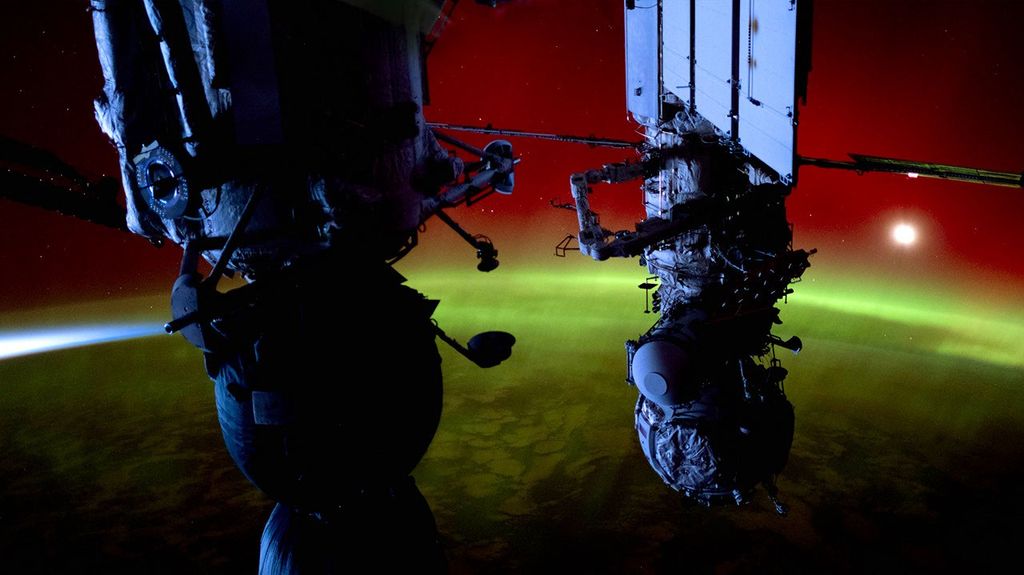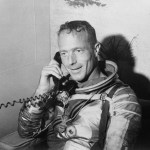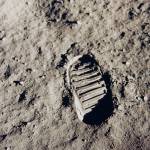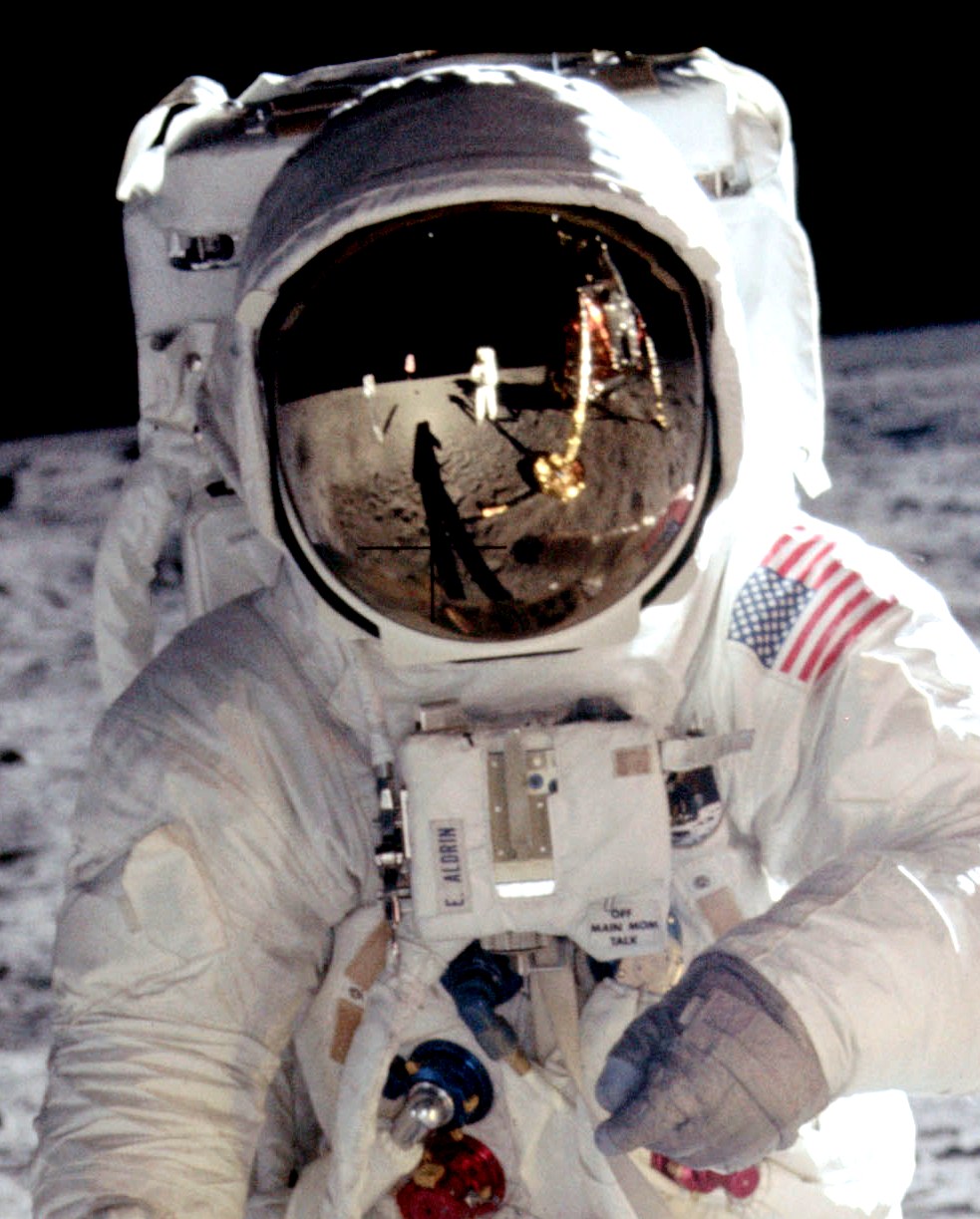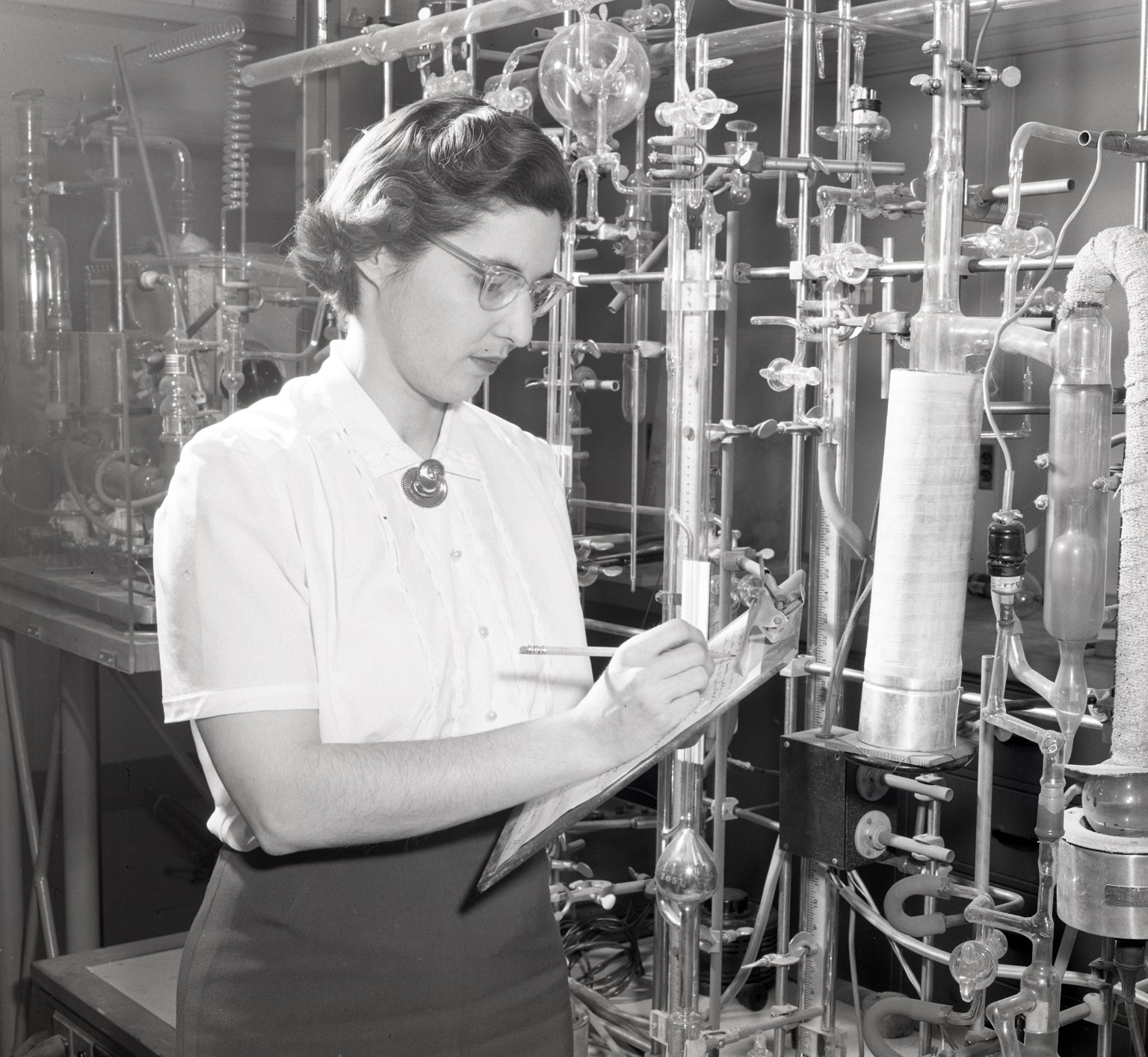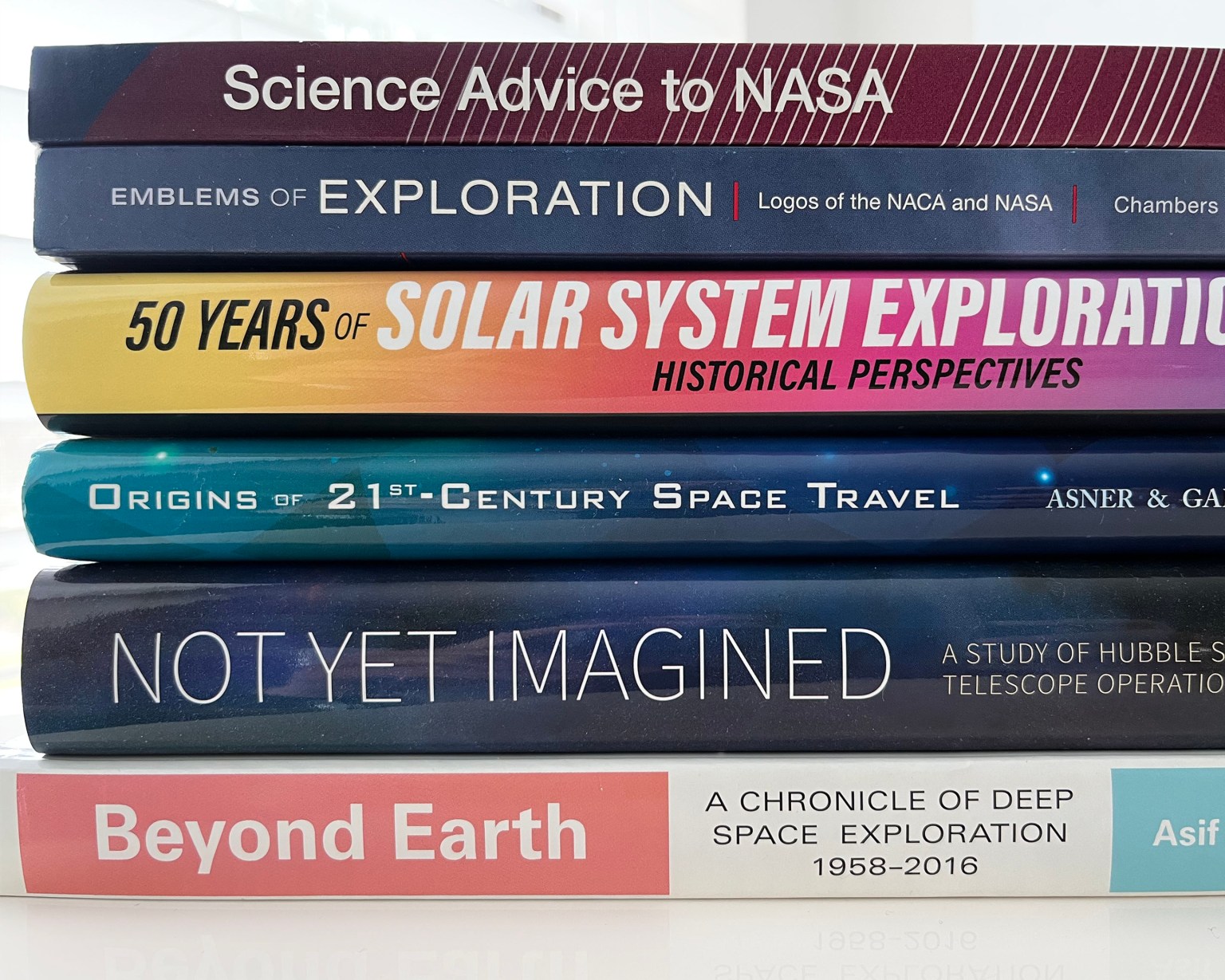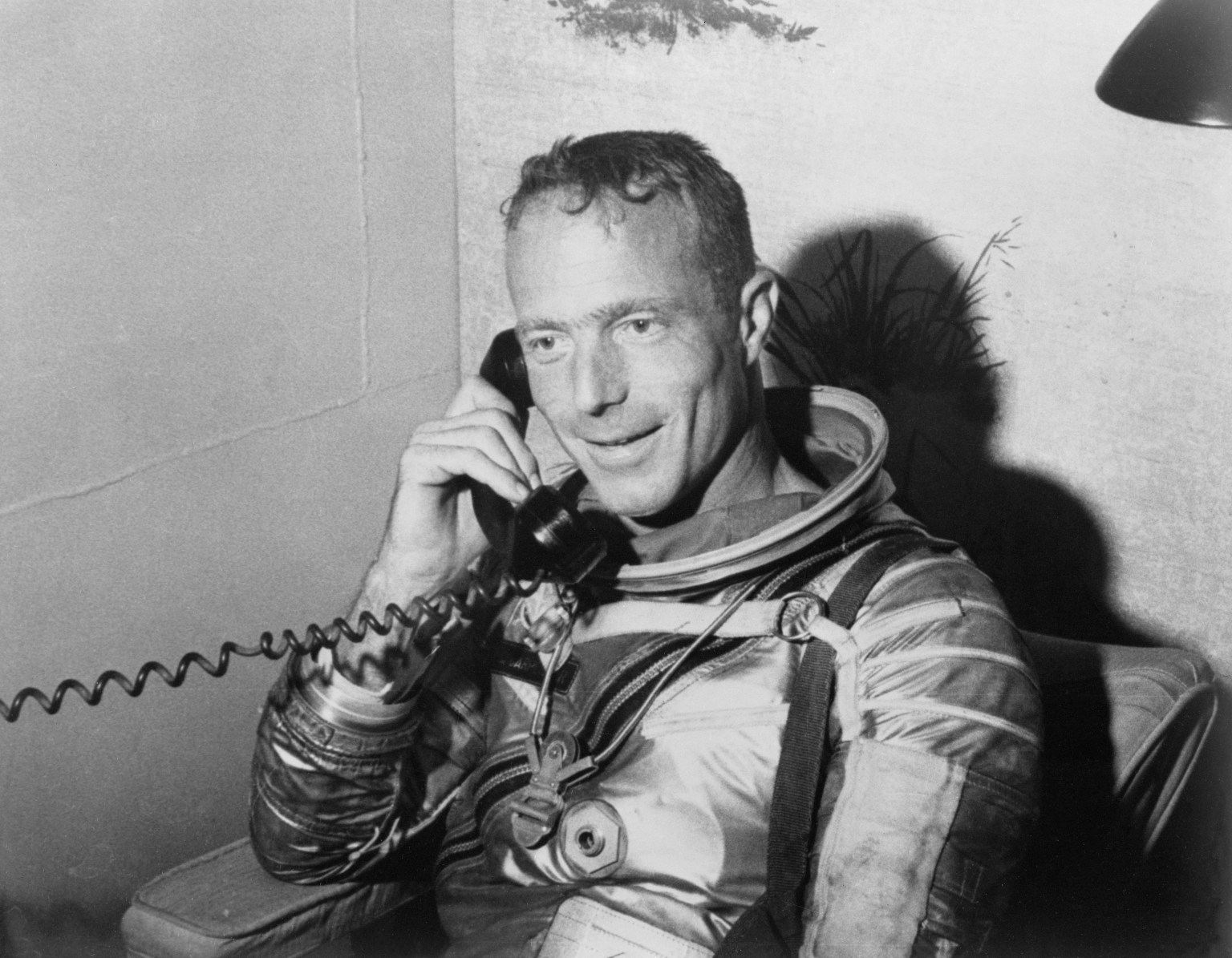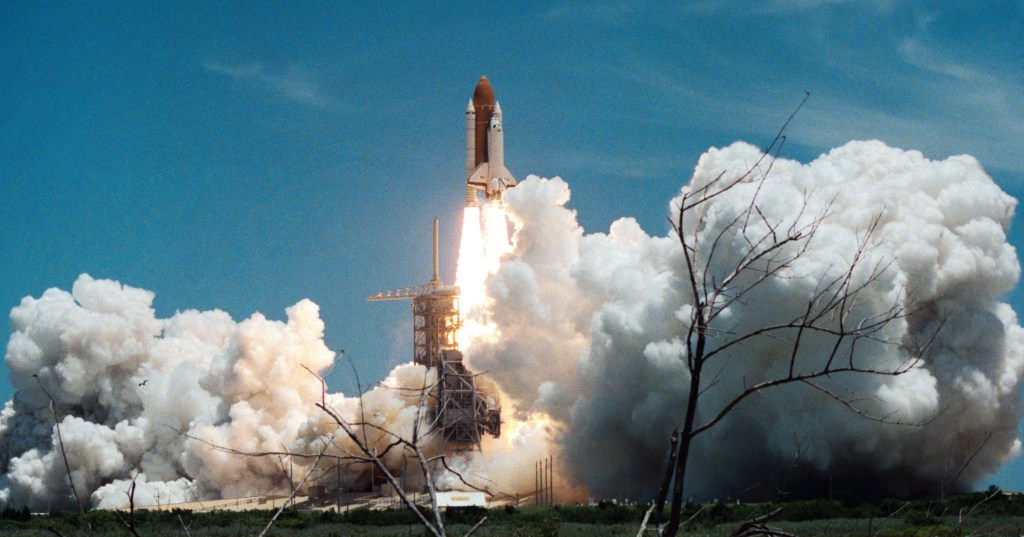
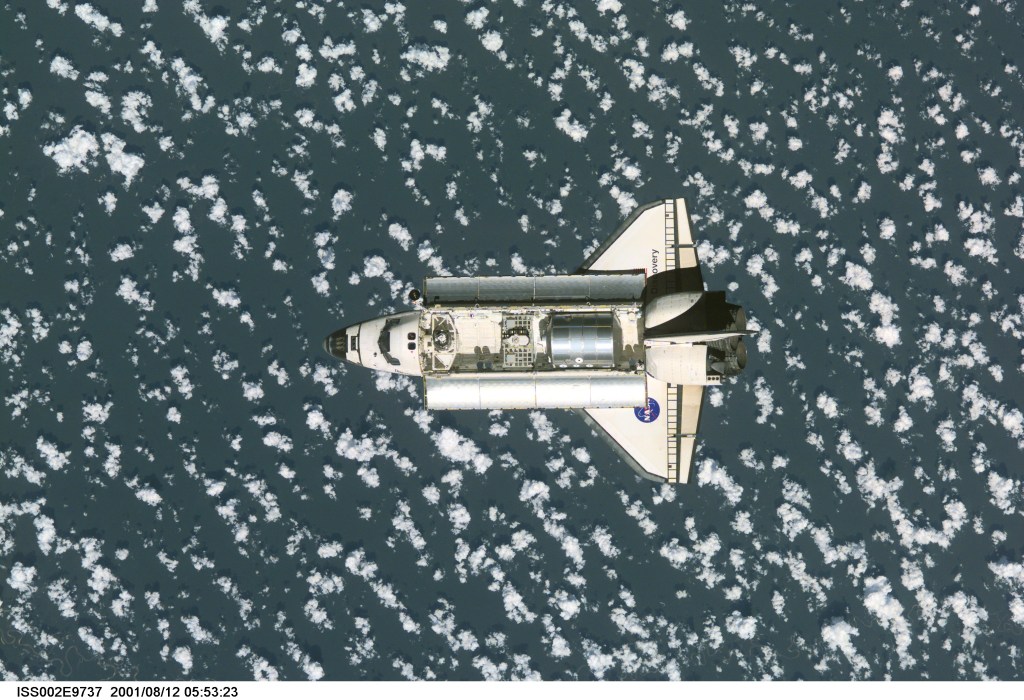

Space Shuttle Tacit Knowledge Capture Oral Histories
The Space Shuttle Tacit Knowledge Capture Project interviews, conducted in 2008 at NASA Centers in Florida, Mississippi, Alabama, and Houston, are with former key members of the Space Shuttle Program and reflect details of critical program decisions, information on management tools and processes, and lessons learned from areas of expertise.
Space Shuttle Tacit Knowledge Capture Oral Histories
The NASA History Office gathers first-hand experiences through oral history interviews from a variety of individuals serving in the NASA and contractor work force, eliciting details of procedures, processes, methodologies, rationale, and background of operations.
Titles listed reflect the positions that the subject held while involved with the program.
| Name | Interview Date | Position |
|---|---|---|
| Arnold D. Aldrich | 4/28/2008 Challenger Accident | Deputy Manager, Space Shuttle Program; Manager, Orbiter Project; Manager, Space Shuttle Projects Office; Manager, National Space Transportation System; Director, National Space Transportation System |
| John S. Chapman | 5/16/2008 | Manager, External Tank Project Office, Space Shuttle Propulsion Office |
| Robert C. Doremus | 7/2/2008 | Deputy Manager, Space Shuttle Safety and Mission Assurance Office |
| Arthur E. Goldman | 6/3/2008 | Deputy Center Director Stennis Space Center |
| N. Wayne Hale | 4/14/2008 | Deputy Associate Administrator, Strategic Partnerships |
| Michael D. Leinbach | 6/10/2008 | Space Shuttle Launch Director |
| John F. Muratore | 5/14/2008 | Manager, Space Shuttle Systems Engineering and Integration Office, Lead Engineer, Space Shuttle Program. |
| Donald S. Noah | 7/9/2008 | Manager, Space Shuttle Systems Engineering and Integration |
| Stephen S. Oswald | 5/20/2008 | Shuttle Astronaut, Deputy Associate Administrator, Space Operations |
| Steve M. Poulos | 6/17/2008 | Deputy Director, Engineering |
| Ronald D. Rigney | 6/3/2008 | Deputy Director, Stennis Space Center, Project Directorate |
| Ralph R. Roe | 4/29/2008 | Director, Engineering and Safety Center |
| Michael U. Rudolphi | 5/15/2008 | Director of Engineering, Marshall Space Flight Center |
| John P. Shannon | 4/16/2008 | Manager, Space Shuttle Program |
| Loren J. Shriver | 4/23/2008 | Space Shuttle Astronaut, Manager, Space Shuttle Program; Vice President, Engineering and Integration and Chief Technology Officer, United Space Alliance (USA). |
| Robert B. Sieck | 7/22/2008 | Director, Shuttle Processing; Member, Stafford-Covey Shuttle Return to Flight Task Group |
| Jerry W. Smelser | 5/15/2008 | Project Manager, Space Shuttle Main Engine and External Tank |
| John J. Talone | 6/11/2008 | Launch Pad Manager, Space Shuttle Program; Shuttle Operations Integration Manager & Flow Director |
| Rodney O. Wallace | 5/28/2008 | Chief Systems Engineer, Space Shuttle Systems Engineering & Integration Office |
| Rita G. Willcoxon | 6/10/2008 | Director, Launch Vehicle Processing |
More NASA Oral Histories

SCA and SRB Recovery Ships Oral Histories
This oral history project involved collecting interviews with individuals associated with the agency’s Shuttle Carrier Aircraft and Solid Rocket Booster Recovery programs. The transcripts include information on a number of aspects from concept development to retirement and focus on development and operations.

STS Recordation Oral Histories
This effort involved the collection of history from key individuals formerly associated with the agency’s Space Shuttle Program, focusing on the Orbiter and its related components. These interviews focus on design, hardware evolution, and changes in response to the two Space Shuttle accidents.
















